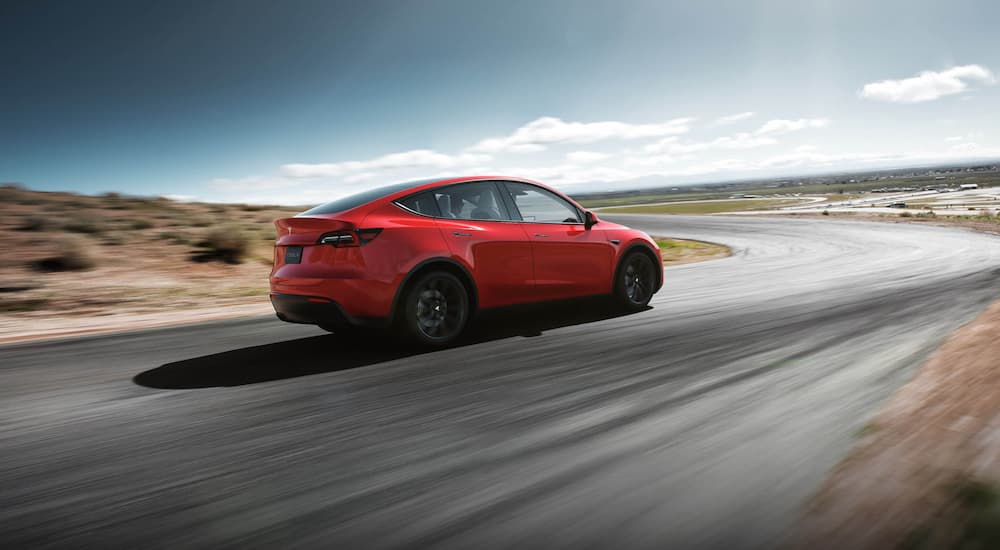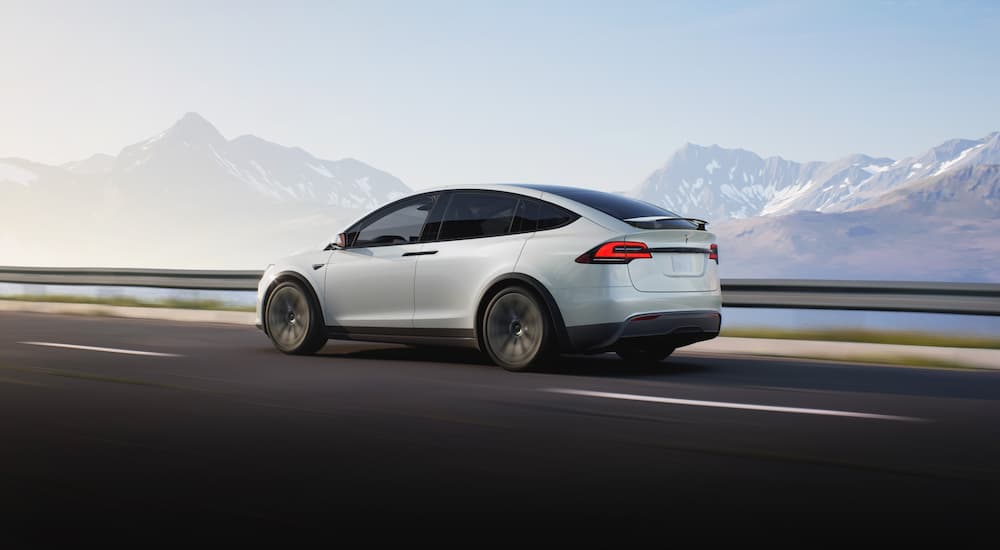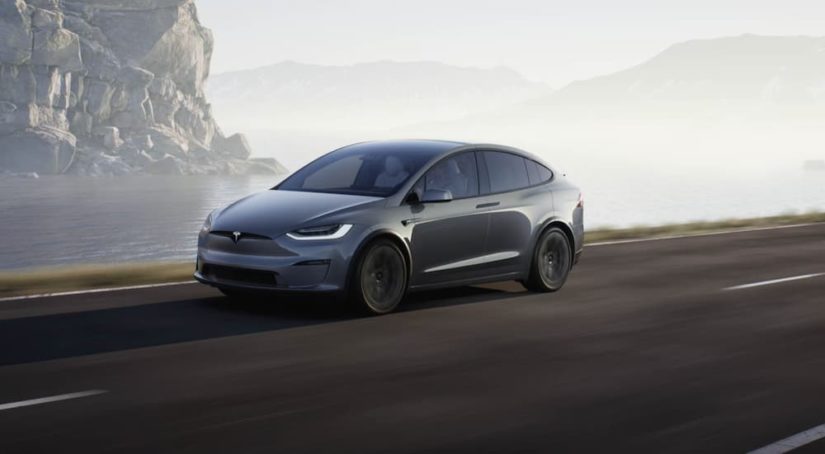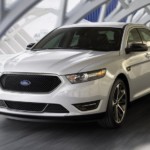When you’re shopping for your next car, you have a lot of different brands and options available to you, but there’s no denying that among them, Tesla stands out. Whether or not you’re a fan of Tesla’s, shall-we-say, controversial figurehead, the cars and the level of performance they have to offer speak for themselves. That being said, there are some pretty big pros and cons involved with choosing a Tesla over any other model, and weighing all of your options is very important before investing in your next ride.
The High Cost of Driving
For many people, one of the biggest factors in choosing a vehicle is the expense, not only upfront but over time. You want to pick a model that fits your budget and won’t have you stressing out about monthly bills that are higher than you can actually afford. From this angle, Tesla can be out of reach for many drivers because of its high price. Despite rumors about a more budget-friendly option at some point, for now, there are only models priced well out of reach for many people.
Not only do Tesla models have a high upfront cost, but they’re typically more expensive to insure than similar vehicles simply because of how expensive they are to repair and maintain, something insurance companies consider when determining rates. This, by the way, means you’ll be paying more for any necessary repairs. Plus, Teslas tend to go through tires faster than other models due to their high torque and impressive performance, so expect to replace them more often than you might be accustomed to.
That being said, the long-term operational costs of owning a Tesla are otherwise quite reasonable, and you’ll likely save money keeping it charged compared to filling a conventional vehicle with gas. However, it’s a bit of a mixed bag since you shouldn’t expect those savings to offset things like higher insurance rates. The other upside with a Tesla is that they historically retain their value much better than many other models.
It’s well established that most cars lose a massive amount of their value the moment they’re driven off the dealership lot. After that, they continue to lose money over the next four or five years, and this depreciation is why a new car shouldn’t be viewed as a financial investment. A necessity, yes; an investment, no. Tesla models, however, tend to avoid this steep depreciation and retain a lot more of their value over time than other vehicles, which doesn’t mean they’re a wise investment, but they’ll treat you well for longer. This is great if you like to drive a new car for several years and then trade it in for a newer model since you’ll get more for your Tesla, and it will help offset your expenses with your next purchase.

The Minimalist Design
I know this will be controversial with Tesla fans out there, but I’m not impressed by Tesla’s overall design. From the outside, they look great, but they look like a car; nothing more, nothing less. Inside, however, things fall apart for me; the interior of Tesla models is so barebones that it takes away from what I see as the vehicle’s overall functionality.
Some people like to describe the aesthetic and design choice as “minimalist.” Personally, I would go with “Brutalist.” The look of the Cybertruck even recalls the use of concrete in Brutalist architecture. Simplicity is one thing, but the popularity of Tesla caused a lot of other manufacturers to make their interiors increasingly minimalist, resulting in the removal of knobs and greater emphasis on digital controls and inputs over analog. This has proven wildly unpopular, and there’s a reason those other manufacturers are going back to giving us physical feedback for adjusting audio, climate controls, and more.
I think there’s room for a balance here, but Tesla doesn’t hit that balance for me. It’s one of those things that looks great, and it can have a dramatic impact at first, making it very appealing. However, since you’ll be driving your vehicle for several years, probably longer, you’ll want to consider what it will be like to use it every day and how the design will work for you.
The Advanced Technology
There’s no denying that Tesla has been a leader in the industry regarding technology for their Electric Vehicle (EV) performance and other systems. From advanced infotainment systems to excellent safety features and impressive developments in semi-autonomous driving, Tesla has been pushing the industry further than any other automaker I can think of. Every other manufacturer has had to race to keep up, and I think that’s an overall win for us as customers.
But here’s the thing: the other manufacturers are catching up. The impressive technology you can get with a Tesla isn’t unique, and you can find most of it on vehicles from other manufacturers. That doesn’t take away from what Tesla has to offer in any way, but it does mean that this isn’t as unique a perk as it was several years ago.

The Impressive Performance
One thing I absolutely cannot fault Tesla for is the performance that their vehicles deliver. From their models’ impressive range to the way they’ve made EVs synonymous with features like high instant torque and regenerative braking, this is something Tesla does right. However, much like their other tech features, you’ll find similar performance on EV models from other manufacturers. Tesla still typically comes out ahead, that’s true, but you’re also paying more for that remarkable level of power and speed. Again, I’m not knocking it by any means, but it’s still worth considering.
The Doing-Things-Differently Factor
One of the most significant differences between Tesla and other major manufacturers is that Tesla doesn’t have dealerships dotted throughout the country. Instead, you go to their website, order a vehicle, figure out financing, and they’ll deliver your Tesla to you once it’s ready. They have some showrooms you can visit, which are great for taking a test drive, but the car-buying process is entirely different with Tesla.
This is an excellent thing for many people: no pushy sales team to deal with and no worrying about a financing agent trying to get you to accept a loan that’s not right for you. The whole thing is streamlined and made much more accessible for you as a buyer, and I won’t deny that it’s great for many customers. If you’re unsure of what you want and there’s no showroom near you, it might not be ideal. Regardless, it’s innovated the car-buying process, and you can see other manufacturers figuring out the best way to compete.
However, the downside to this is that you don’t have a massive network of dealerships to work with if you have an issue with your new car. It can be harder to find a service center if you need repairs or service, and wait times for repairs are typically much longer than for other models. Your experiences with this will vary somewhat depending on your location and what’s around you, but servicing and repairing a Tesla is almost always much less convenient than with another brand. And more expensive, though I mentioned that already.
What It All Means for You
As you can see, there are a lot of pros and cons involved with shopping for, buying, and owning a Tesla. You’re the only person who can decide if one of these vehicles is right for you, but be sure to consider everything you’re getting into when you buy a Tesla. There are plenty of good reasons many Tesla owners become life-long fans, but the critics also make valid points. You deserve a car you’ll love for many years, so take your time to pick the right one.



